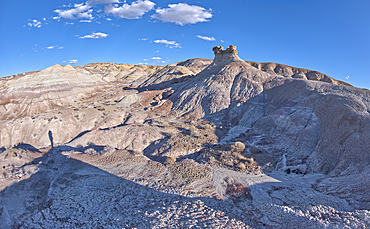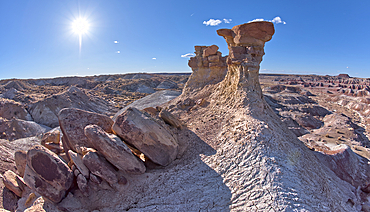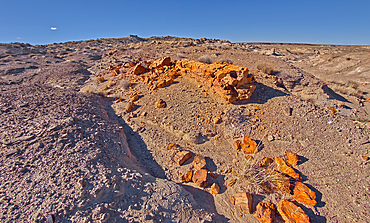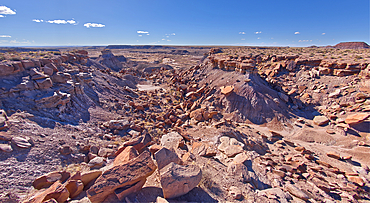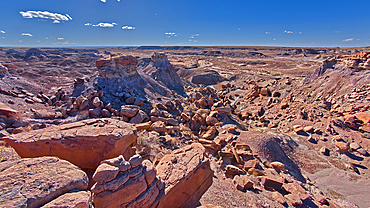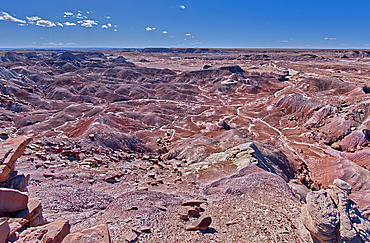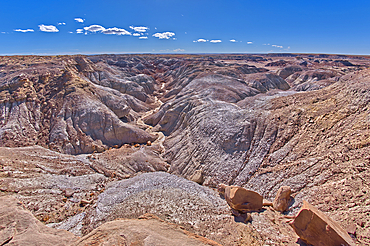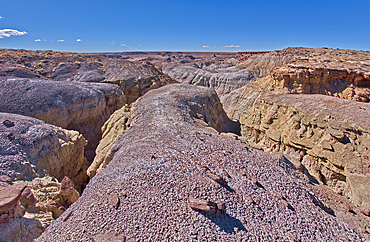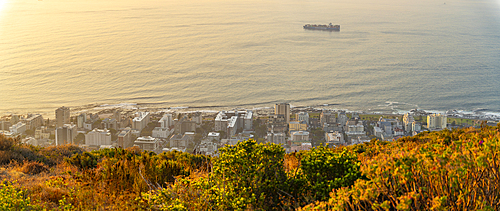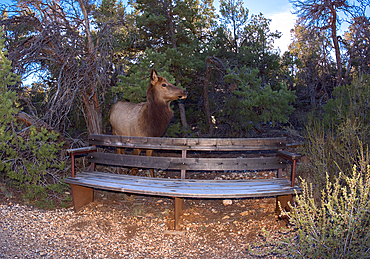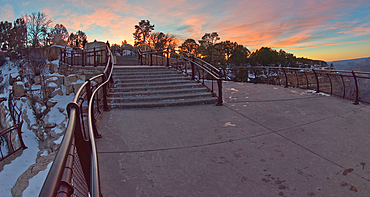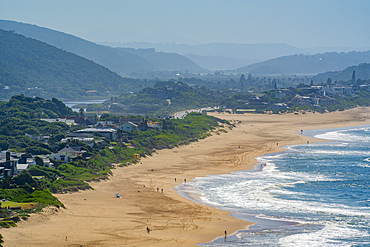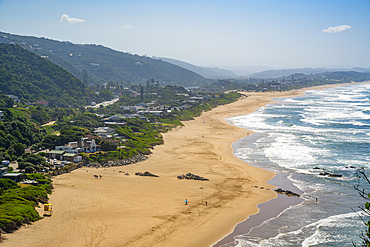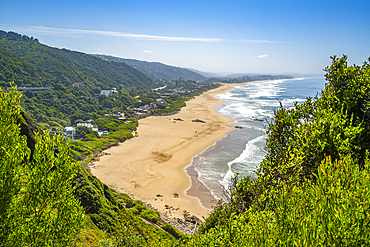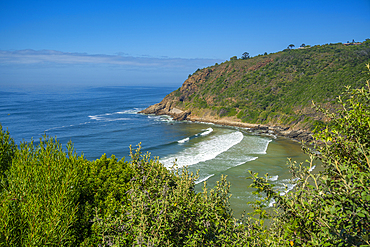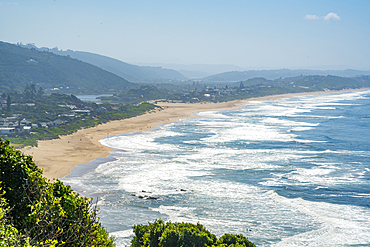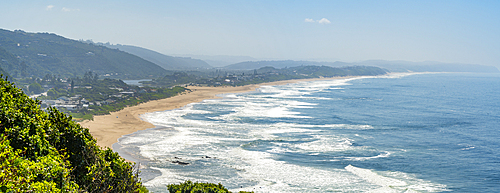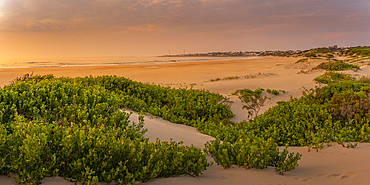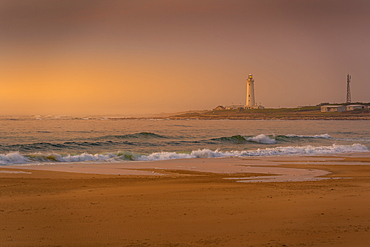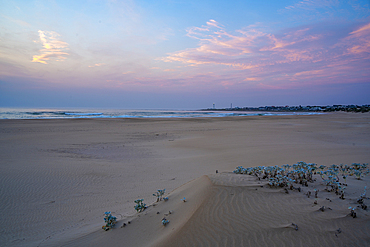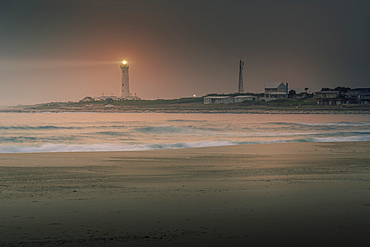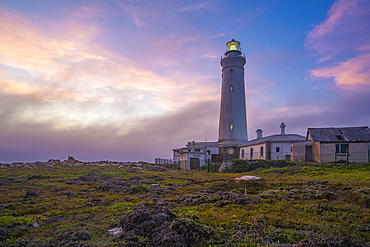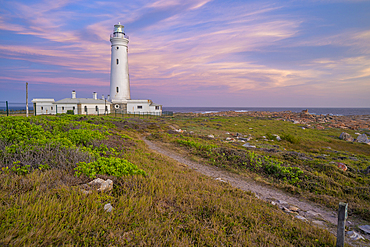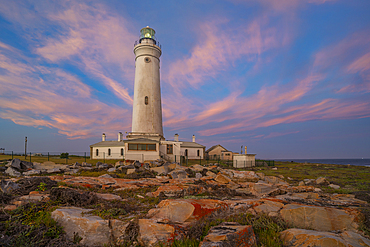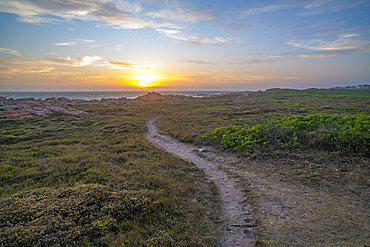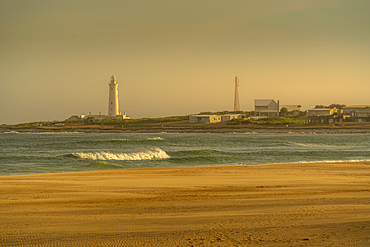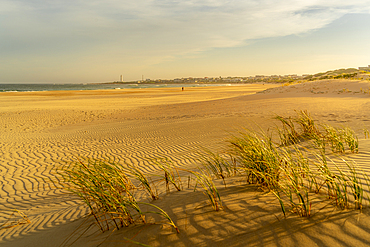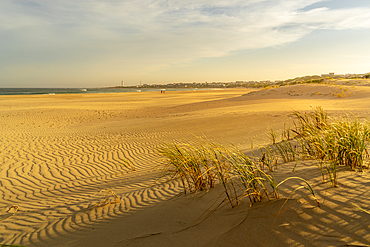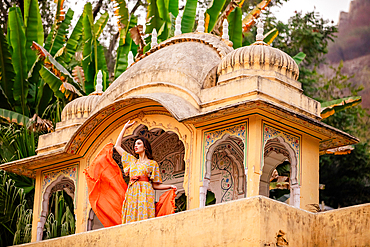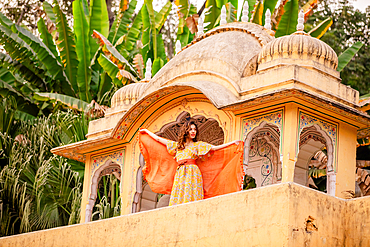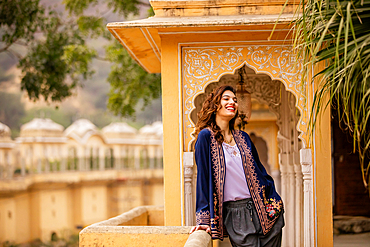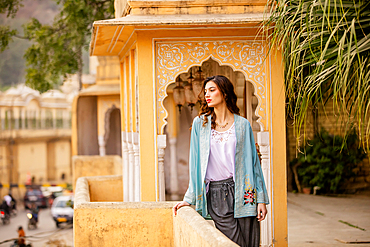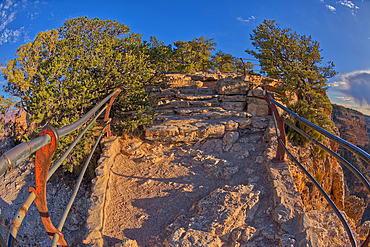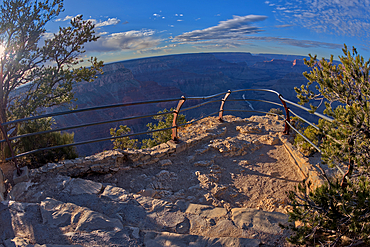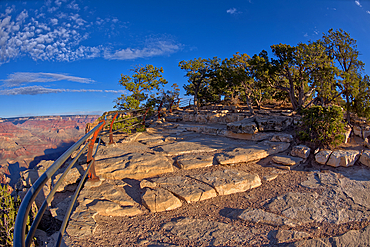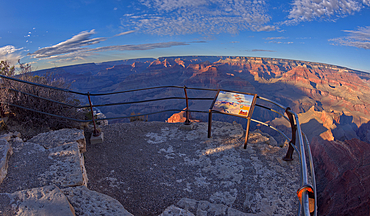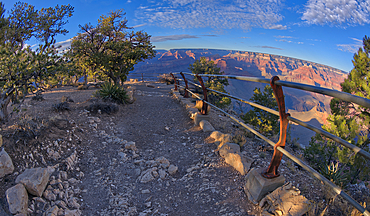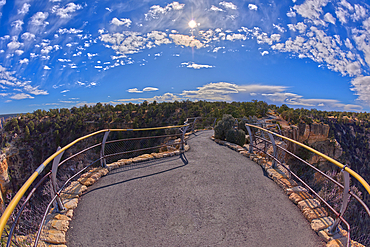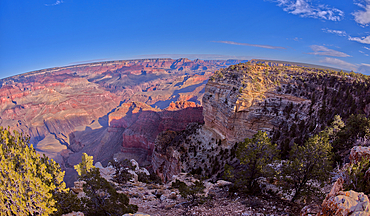Recent searches
Loading...
1384-519 - Landscape look-out point Hurulu Eco Park biosphere reserve, Habarana, Anuradhapura District, Sri Lanka, Asia
1311-944 - Purple hills of volcanic bentonite near Hamilili Point on the south end of Petrified Forest National Park Arizona.
1311-941 - Crumbling cliffs of a mesa near Hamilili Point in Petrified Forest Arizona.
1311-939 - A dry waterfall on the west side of Hamilili Point next to a hoodoo on the south end of Petrified Forest National Park Arizona. Hamilili is a Zuni word that means petrified wood.
1311-938 - A hoodoo called the Zuni Warrior on the edge of a cliff near Hamilili Point in Petrified Forest National Park Arizona. Hamilili is a Zuni word that means petrified wood.
1311-937 - A cliff overhang shaped like the head of a Duck west of Hamilili Point on the south end of Petrified Forest National Park Arizona.
1311-932 - Crumbling islands of rock near Hamilili Point in Petrified Forest Arizona.
1384-67 - lLunch point on beach for tourist boat trips, Paseos en Launch, Celestun, Yucatan, Mexico
1311-921 - A solitary rock hoodoo in the purple badlands near Hamilili Point on the south end of Petrified Forest National Park Arizona.
1311-920 - A solitary rock hoodoo in the purple badlands near Hamilili Point on the south end of Petrified Forest National Park Arizona.
1311-919 - A solitary rock hoodoo in the purple badlands near Hamilili Point on the south end of Petrified Forest National Park Arizona.
1311-918 - A petrified tree log that has shattered over time. Located on a mesa near Hamilili Point on the south end of Petrified Forest National Park Arizona.
1311-917 - The crumbling cliffs of a mesa near Hamilili Point on the south end of Petrified Forest National Park Arizona.
1311-916 - Rock islands just off a mesa near Hamilili Point on the south end of Petrified Forest National Park Arizona.
1311-915 - Rock islands above the purple badlands near Hamilili Point on the south end of Petrified Forest National Park Arizona.
1311-914 - Purple badlands of bentonite near Hamilili Point on the south end of Petrified Forest National Park Arizona.
1311-913 - Purple badlands of bentonite near Hamilili Point on the south end of Petrified Forest National Park Arizona.
1311-912 - A deep canyon that has eroded thru the hills of purple and gray bentonite clay near Hamilili Point on the south end of Petrified Forest National Park Arizona.
1311-911 - A deep canyon that has eroded thru the hills of purple and gray bentonite clay near Hamilili Point on the south end of Petrified Forest National Park Arizona.
1311-910 - Hills of purple and gray bentonite near Hamilili Point on the south end of Petrified Forest National Park Arizona.
844-34073 - View of Sea Point in Cape Town from Signal Hill at dusk, Cape Town, Western Cape, South Africa, Africa
844-34061 - View of Sea Point in Cape Town from Signal Hill at sunset, Cape Town, Western Cape, South Africa, Africa
832-404555 - Close-up of beautiful woman showing something on smart phone to her friend sitting by
844-33842 - View of Sea Point from Signal Hill at sunset, Cape Town, Western Cape, South Africa, Africa
844-33839 - View of Sea Point and DHL Stadium in Cape Town from Signal Hill at sunset, Cape Town, Western Cape, South Africa, Africa
844-33838 - View of Sea Point in Cape Town from Signal Hill at sunset, Cape Town, Western Cape, South Africa, Africa
1311-888 - Grand Canyon with Yuma Point on the left and Hermits Rest on the right, Grand Canyon National Park, UNESCO World Heritage Site, Arizona, United States of America, North America
1311-885 - Grand Canyon viewed from Powell Point under moonlight, Grand Canyon National Park, UNESCO World Heritage Site, Arizona, United States of America, North America
1311-884 - Hermit Canyon viewed from between Pima Point and Hermits Rest, Grand Canyon National Park, UNESCO World Heritage Site, Arizona, United States of America, North America
1311-883 - Grand Canyon viewed from Pima Point at sundown, Grand Canyon National Park, UNESCO World Heritage Site, Arizona, United States of America, North America
1311-882 - Grand Canyon viewed from Pima Point at sundown, Grand Canyon National Park, UNESCO World Heritage Site, Arizona, United States of America, North America
1311-881 - Grand Canyon viewed from Pima Point at sundown, Grand Canyon National Park, UNESCO World Heritage Site, Arizona, United States of America, North America
1311-880 - Grand Canyon viewed from Pima Point at sundown, Grand Canyon National Park, UNESCO World Heritage Site, Arizona, United States of America, North America
1311-879 - A female Elk that came out of the forest along the Greenway Trail that runs between Pima Point and Monument Creek Vista, Grand Canyon, Arizona, United States of America, North America
1311-877 - The Greenway Trail that runs between Pima Point and Monument Creek Vista, Grand Canyon, Arizona, United States of America, North America
1311-878 - A female Elk that came out of the forest along the Greenway Trail that runs between Pima Point and Monument Creek Vista, Grand Canyon, Arizona, United States of America, North America
1311-876 - The Greenway Trail that runs between Pima Point and Monument Creek Vista, Grand Canyon, Arizona, United States of America, North America
1311-875 - A small overlook east of Pima Point at Grand Canyon off of Hermit Road, Grand Canyon, Arizona, United States of America, North America
1311-874 - Grand Canyon viewed east of Pima Point with Mohave Point on the right, Grand Canyon National Park, UNESCO World Heritage Site, Arizona, United States of America, North America
1311-873 - Sign marking the end of the paved Greenway Trail that runs between Monument Creek Vista and Pima Point, Grand Canyon, Arizona, United States of America, North America
1311-868 - Steps down to Mather Point Overlook at Grand Canyon in winter after sunset, Grand Canyon, Arizona, United States of America, North America
844-33494 - View of Wilderness and beach from Dolphin Point, Wilderness, Western Cape, South Africa, Africa
844-33495 - View of Indian Ocean and dramatic coastline at Wilderness from Dolphin Point, Wilderness, Western Cape, South Africa, Africa
844-33493 - View of Indian Ocean and dramatic coastline at Wilderness from Dolphin Point, Wilderness, Western Cape, South Africa, Africa
844-33492 - View of Indian Ocean and dramatic coastline at Wilderness from Dolphin Point, Wilderness, Western Cape, South Africa, Africa
844-33491 - View of Indian Ocean and dramatic coastline at Wilderness from Dolphin Point, Wilderness, Western Cape, South Africa, Africa
844-33490 - View of Indian Ocean and dramatic coastline at Wilderness from Dolphin Point, Wilderness, Western Cape, South Africa, Africa
844-33489 - View of Indian Ocean and dramatic coastline at Wilderness from Dolphin Point, Wilderness, Western Cape, South Africa, Africa
844-33409 - View of sand dunes and beach with Seal Point Lighthouse in background at sunrise, Cape St. Francis, Eastern Cape Province, South Africa, Africa
844-33408 - View of beach and Seal Point Lighthouse at sunrise, Cape St. Francis, Eastern Cape Province, South Africa, Africa
844-33407 - View of beach and Seal Point Lighthouse at sunrise, Cape St. Francis, Eastern Cape Province, South Africa, Africa
844-33406 - View of beach and Seal Point Lighthouse at sunrise, Cape St. Francis, Eastern Cape Province, South Africa, Africa
844-33405 - View of beach and Seal Point Lighthouse at sunrise, Cape St. Francis, Eastern Cape Province, South Africa, Africa
844-33403 - View of Seal Point Lighthouse at sunset, Cape St. Francis, Eastern Cape Province, South Africa, Africa
844-33401 - View of Seal Point Lighthouse at sunset, Cape St. Francis, Eastern Cape Province, South Africa, Africa
844-33402 - View of Seal Point Lighthouse at sunset, Cape St. Francis, Eastern Cape Province, South Africa, Africa
844-33400 - View of sunset from Seal Point Lighthouse, Cape St. Francis, Eastern Cape Province, South Africa, Africa
844-33392 - View of Seal Point Lighthouse, Cape St. Francis, Eastern Cape Province, South Africa, Africa
844-33389 - View of sand dunes and beach with Seal Point Lighthouse in background, Cape St. Francis, Eastern Cape Province, South Africa, Africa
844-33388 - View of sand dunes and beach with Seal Point Lighthouse in background, Cape St. Francis, Eastern Cape Province, South Africa, Africa
1311-860 - The paved Greenway Trail that runs between Hermits Rest and Pima Point at Grand Canyon, Arizona, United States of America, North America
1311-859 - The paved Greenway Trail that runs between Hermits Rest and Pima Point at Grand Canyon, Arizona, United States of America, North America
1311-855 - Sign stating that bikes are not allowed beyond this point at Hermits Rest, Grand Canyon, Arizona, United States of America, North America
1311-844 - Monument Creek viewed from along the rim trail halfway between The Abyss and Monument Creek Vista Overlook with Mohave Point on right and Pima Point on the left in the distance, Grand Canyon, Arizona, United States of America, North America
1311-843 - View of the cliffs of the Abyss Overlook along Hermit Road, with Mohave Point in distance left of centre, Grand Canyon, Arizona, United States of America, North America
1365-370 - Porthcawl, late winter's afternoon looking towards Nash Point, South Wales, UK
1311-841 - View of Grand Canyon Arizona from the west side of Mohave Point near sundown, UNESCO World Heritage Site, Arizona, United States of America, North America
1311-842 - A steel picnic table near a cliff on the west side of Mohave Point at the Grand Canyon, UNESCO World Heritage Site, Arizona, United States of America, North America
1311-840 - Looking back from Mohave Point Overlook near sundown, Grand Canyon, UNESCO World Heritage Site, Arizona, United States of America, North America
1311-839 - The safety railed stone cliff of the Mohave Point Overlook, Grand Canyon, UNESCO World Heritage Site, Arizona, United States of America, North America
1311-838 - The safety railed stone cliff of the Mohave Point Overlook, Grand Canyon, UNESCO World Heritage Site, Arizona, United States of America, North America
1311-837 - The safety railed stone cliff of the Mohave Point Overlook, Grand Canyon, UNESCO World Heritage Site, Arizona, United States of America, North America
1311-836 - A rocky path to the Mohave Point Overlook, Grand Canyon, UNESCO World Heritage Site, Arizona, United States of America, North America
1311-835 - A sign marking the one way entrance to Mohave Point off of Hermit Road, Grand Canyon, UNESCO World Heritage Site, Arizona, United States of America, North America
1311-834 - Grand Canyon view from a cliff between Hopi Point and Mohave Point, Grand Canyon, UNESCO World Heritage Site, Arizona, United States of America, North America
1311-833 - Hopi Point in the distance viewed from the rim trail near Mohave Point, Grand Canyon, UNESCO World Heritage Site, Arizona, United States of America, North America
1311-832 - A dirt section of the rim trail between Hopi Point and Mohave Point, Grand Canyon, UNESCO World Heritage Site, Arizona, United States of America, North America
1311-831 - The entry sign for Maricopa Point, Grand Canyon, Arizona, United States of America, North America
1311-830 - A view of Grand Canyon from the west side of Maricopa Point, Grand Canyon, UNESCO World Heritage Site, Arizona, United States of America, North America
1311-829 - A look back towards the south from the end of the Maricopa Point Overlook, Grand Canyon, UNESCO World Heritage Site, Arizona, United States of America, North America
1311-828 - Grand Canyon viewed from the Maricopa Point Overlook, Grand Canyon, UNESCO World Heritage Site, Arizona, United States of America, North America
1311-827 - A metal picnic table along the rim trail overlooking Grand Canyon South Rim off of Hermit Road just west of Hopi Point, Grand Canyon, UNESCO World Heritage Site, Arizona, United States of America, North America
1311-826 - The rim trail at Grand Canyon heading east toward Powell Point from Hopi Point, Grand Canyon, UNESCO World Heritage Site, Arizona, United States of America, North America
1311-825 - The Powell Memorial in the distance viewed from Hopi Point, Grand Canyon, UNESCO World Heritage Site, Arizona, United States of America, North America
1311-824 - A sign marking the one way entrance to Hopi Point from Hermit Road, Grand Canyon, Arizona, United States of America, North America
1311-805 - View from below the cliffs of Powell Point, Grand Canyon, UNESCO World Heritage Site, Arizona, United States of America, North America
1311-804 - Panorama view of Grand Canyon from the cliffs of Powell Point, Grand Canyon, UNESCO World Heritage Site, Arizona, United States of America, North America








